Home>Technology>Smart Home Devices>How To Change Paper Type On Canon Printer
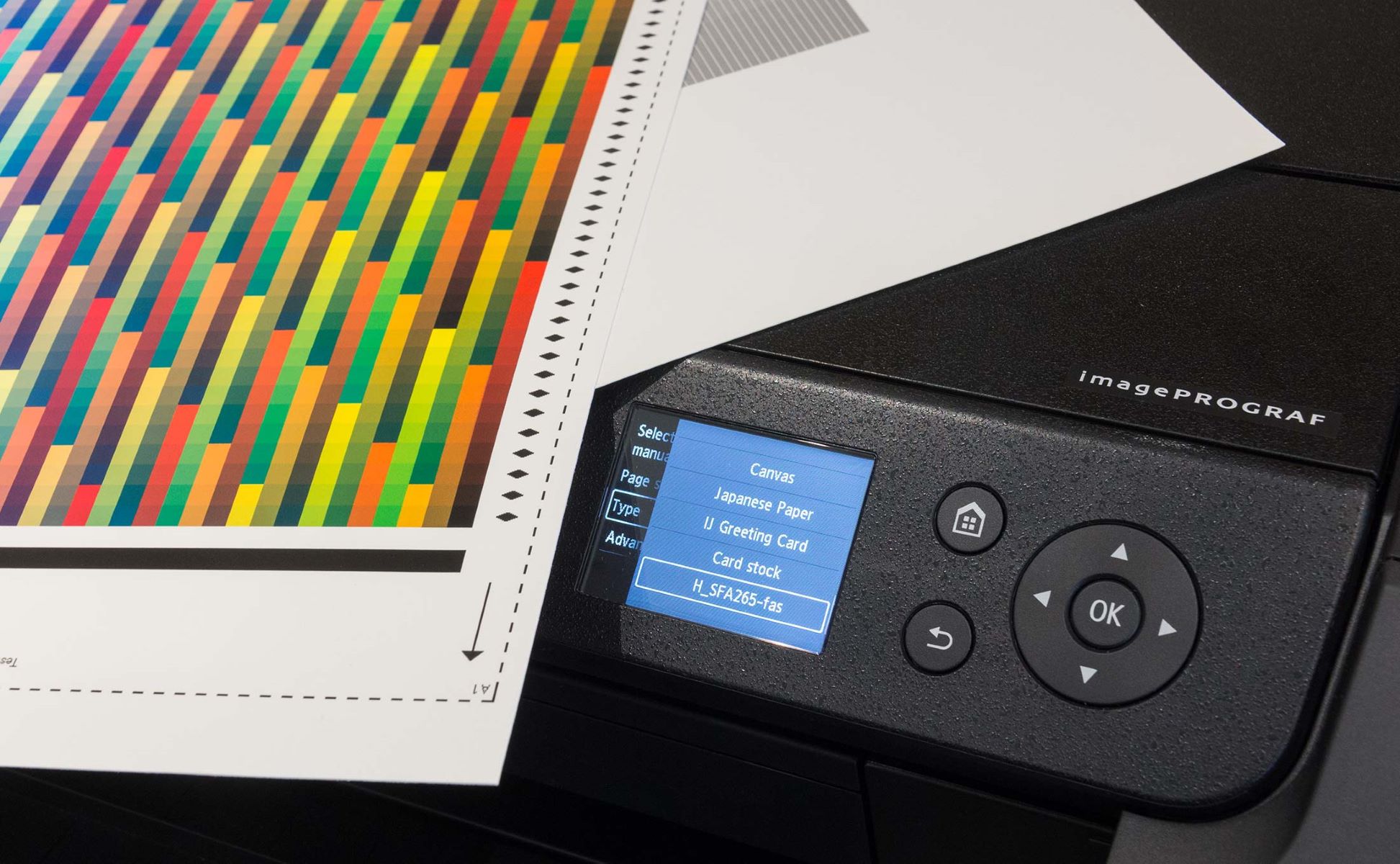

Smart Home Devices
How To Change Paper Type On Canon Printer
Published: January 20, 2024
Learn how to change the paper type on your Canon printer for optimal printing results. Get the most out of your smart home devices with this simple guide.
(Many of the links in this article redirect to a specific reviewed product. Your purchase of these products through affiliate links helps to generate commission for Storables.com, at no extra cost. Learn more)
Introduction
Welcome to the world of smart home devices, where convenience and innovation intersect to transform the way we live. In this article, we'll delve into the fascinating realm of smart home devices, exploring the myriad of possibilities that these cutting-edge technologies offer.
Smart home devices encompass a diverse range of products designed to automate and enhance various aspects of home life. From intelligent thermostats that learn your temperature preferences to voice-activated virtual assistants that can control your lights and appliances, the possibilities are endless. These devices are not only designed to make our lives more convenient but also to improve energy efficiency, home security, and overall comfort.
As the Internet of Things (IoT) continues to expand, smart home devices are becoming increasingly interconnected, allowing for seamless integration and control. Whether you're a tech enthusiast looking to create a fully automated smart home or simply seeking to add a touch of modernity to your living space, there's a smart home device for every need and preference.
Join us as we embark on a journey through the world of smart home devices, where innovation meets everyday living. Get ready to discover the endless possibilities and transformative potential of these remarkable technologies. Let's explore how smart home devices are revolutionizing the way we interact with our living spaces and how they can elevate the comfort, convenience, and efficiency of our homes.
Key Takeaways:
- Understanding different paper types is crucial for achieving optimal print results. From standard printer paper to specialty paper, each type serves specific printing needs and requires tailored printer settings.
- Changing paper type on a Canon printer empowers users to optimize print quality for different projects. By adjusting settings and handling paper with care, exceptional results can be achieved across diverse paper types.
Understanding Paper Types
When it comes to printing, the choice of paper type plays a crucial role in determining the quality and appearance of the final output. Understanding the different paper types available for printing is essential for achieving the desired results and ensuring that your printed materials align with your specific needs and preferences.
1. Standard Printer Paper: This is the most commonly used type of paper for everyday printing tasks. It is typically lightweight and versatile, suitable for documents, reports, and general-purpose printing. Standard printer paper is often available in different brightness levels, with higher brightness offering crisper text and vibrant colors.
2. Photo Paper: Designed specifically for printing photographs, photo paper comes in various finishes, including glossy, matte, and satin. Each finish offers a distinct look and feel, allowing you to choose the one that best complements your images. Photo paper is engineered to produce high-quality, vivid prints with sharp detail and accurate color reproduction.
3. Cardstock: This heavyweight, durable paper is ideal for printing items such as greeting cards, invitations, and business cards. It provides a sturdy and professional-looking medium for printing projects that require a more substantial feel and appearance.
4. Label Paper: As the name suggests, label paper is designed for creating adhesive labels. It is available in various sizes and finishes, making it suitable for a wide range of labeling applications, including address labels, shipping labels, and product labels.
5. Specialty Paper: This category encompasses a wide range of specialty papers, including textured paper, colored paper, and specialty finishes such as metallic or parchment. Specialty paper is often used for creative projects, artistic prints, and unique presentations, allowing for customized and visually striking printed materials.
By understanding the characteristics and intended uses of different paper types, you can make informed decisions when selecting the most suitable paper for your printing needs. Whether you’re aiming for crisp text, vibrant images, or a professional finish, choosing the right paper type is a fundamental step in achieving optimal printing results.
Changing Paper Type on Canon Printer
When it comes to printing on a Canon printer, the ability to change the paper type allows you to optimize the printing process for different types of documents and projects. Whether you’re switching from standard printer paper to glossy photo paper or loading cardstock for a special project, adjusting the paper type settings on your Canon printer is essential for achieving the best print results.
Here’s a step-by-step guide to changing the paper type on a Canon printer:
- Load the Paper: Begin by loading the desired paper type into the printer’s paper tray or feeder. Ensure that the paper is properly aligned and that the paper guides are adjusted to fit the paper size.
- Access the Printer Settings: On the control panel of your Canon printer, navigate to the settings menu. This can typically be done using the display screen and directional buttons, allowing you to access the printer’s settings and configuration options.
- Select Paper Type: Within the printer settings menu, locate the option to change the paper type. Depending on the specific Canon printer model, this option may be listed as “Paper Type,” “Media Type,” or a similar designation. Select the appropriate paper type from the available options, such as plain paper, photo paper, cardstock, or specialty paper.
- Confirm the Selection: Once you have chosen the correct paper type, confirm the selection to apply the changes. This ensures that the printer’s settings are aligned with the characteristics of the loaded paper, optimizing the print output for the specific paper type.
- Print a Test Page: To verify that the paper type settings have been adjusted successfully, consider printing a test page or a sample document. This allows you to assess the print quality and make any additional adjustments if necessary.
By following these steps, you can easily change the paper type on your Canon printer, allowing you to tailor the printing process to suit the specific requirements of your printing projects. Whether you’re printing documents, photographs, or creative designs, the ability to adjust the paper type settings empowers you to achieve optimal results with your Canon printer.
To change the paper type on a Canon printer, open the printer properties on your computer, select the paper type option, and choose the appropriate paper type from the drop-down menu.
Adjusting Printer Settings
Customizing the printer settings on your Canon printer is essential for achieving the best possible print results across various types of documents and projects. By adjusting the printer settings to align with the specific requirements of your printing tasks, you can optimize print quality, conserve resources, and tailor the printing process to suit your preferences.
Here are the key printer settings that can be adjusted on a Canon printer:
- Print Quality: Canon printers typically offer a range of print quality options, allowing you to adjust the resolution and quality of the printed output. Depending on your specific needs, you can choose from settings such as “Draft,” “Standard,” and “High Quality” to achieve the desired balance between print speed and quality.
- Color Settings: For color printing, Canon printers provide options to adjust color settings, including color balance, saturation, and intensity. These settings enable you to fine-tune the color output to accurately reflect the original content and achieve vibrant, true-to-life color reproduction.
- Paper Size and Orientation: Canon printers allow you to specify the paper size and orientation for each print job. Whether you’re printing standard letter-size documents, legal-size papers, or custom sizes, adjusting the paper size and orientation settings ensures that the printed content is accurately positioned and scaled on the paper.
- Borderless Printing: When printing photographs or designs that extend to the edges of the paper, Canon printers offer the option for borderless printing. This setting allows you to create prints without white borders, achieving a seamless and professional-looking finish for your images and designs.
- Eco-Friendly Settings: Canon printers often feature eco-friendly settings that enable you to conserve resources and reduce environmental impact. These settings may include options for duplex printing (printing on both sides of the paper), toner-saving modes, and energy-saving features to promote sustainable printing practices.
By accessing the printer settings menu on your Canon printer, you can navigate through these options and make adjustments according to the specific requirements of your printing projects. Whether you’re aiming for high-quality photo prints, professional documents, or eco-conscious printing practices, the ability to customize printer settings empowers you to achieve optimal results with your Canon printer.
Tips for Printing on Different Paper Types
Printing on different paper types requires careful consideration of the unique characteristics and requirements of each paper variety. Whether you’re printing documents, photographs, or creative projects, implementing the following tips can help you achieve exceptional results when printing on various paper types using your Canon printer.
- Choose the Right Paper Type: Selecting the appropriate paper type for your specific printing project is essential for achieving optimal results. Consider the intended use of the printed materials and choose a paper type that aligns with the desired finish, texture, and durability.
- Adjust Printer Settings: When switching between different paper types, ensure that the printer settings are adjusted to accommodate the characteristics of the selected paper. This includes specifying the paper type, print quality, and any additional settings tailored to the unique requirements of each paper variety.
- Handle Paper with Care: Different paper types may have varying degrees of thickness, weight, and surface finishes. Handle the paper with care to prevent creasing, bending, or smudging, particularly when loading specialty papers such as cardstock or photo paper into the printer.
- Perform Test Prints: Before initiating a full print run, consider conducting test prints on the chosen paper type. This allows you to assess the print quality, color reproduction, and overall appearance, providing an opportunity to make any necessary adjustments before proceeding with the final prints.
- Utilize Paper-Specific Settings: Canon printers often feature paper-specific settings designed to optimize print output for different paper types. Take advantage of these settings, such as photo paper modes or cardstock settings, to ensure that the printer’s performance is tailored to the characteristics of the loaded paper.
- Allow for Drying Time: When printing on specialty papers or photo paper with glossy finishes, allow sufficient time for the prints to dry completely. This helps prevent smudging and ensures that the prints maintain their quality and appearance over time.
- Explore Customization Options: For creative projects and artistic prints, consider exploring customization options such as borderless printing, color adjustments, and print layout settings to achieve unique and visually striking results on different paper types.
By implementing these tips, you can effectively navigate the nuances of printing on different paper types, leveraging the capabilities of your Canon printer to produce exceptional prints across a diverse range of printing projects and materials.
Read more: How To Change Paper Type On HP Printer
Conclusion
As we conclude our exploration of smart home devices, we’ve gained valuable insights into the world of smart home technology and its transformative impact on modern living. From smart thermostats that optimize energy efficiency to voice-activated virtual assistants that streamline daily tasks, smart home devices offer a wealth of benefits that enhance convenience, comfort, and control within our living spaces.
By understanding the diverse paper types available for printing, we empower ourselves to make informed decisions when selecting the most suitable paper for our printing needs. Whether it’s standard printer paper for everyday documents, photo paper for vibrant image reproduction, or specialty paper for creative projects, the choice of paper type plays a pivotal role in achieving optimal print results.
Furthermore, the ability to change the paper type and adjust printer settings on a Canon printer provides us with the flexibility to tailor the printing process to suit the specific requirements of each printing project. From selecting the appropriate paper type to customizing print quality, color settings, and paper-specific options, these capabilities empower us to achieve exceptional print results across a diverse range of paper types and printing tasks.
As we navigate the intricacies of printing on different paper types, implementing best practices such as handling paper with care, performing test prints, and utilizing paper-specific settings allows us to optimize print quality and ensure the best possible outcomes for our printing projects.
In essence, the seamless integration of smart home devices and advanced printing technologies exemplifies the convergence of innovation and convenience in our modern lifestyles. By harnessing the capabilities of smart home devices and leveraging the versatility of printing on different paper types with a Canon printer, we can elevate our everyday experiences and unlock new possibilities in the realm of home automation and creative expression.
As we embrace the boundless potential of smart home devices and the art of printing, we embark on a journey of discovery, creativity, and empowerment, where technology enriches our lives and enables us to express our unique visions with unparalleled convenience and precision.
Frequently Asked Questions about How To Change Paper Type On Canon Printer
Was this page helpful?
At Storables.com, we guarantee accurate and reliable information. Our content, validated by Expert Board Contributors, is crafted following stringent Editorial Policies. We're committed to providing you with well-researched, expert-backed insights for all your informational needs.
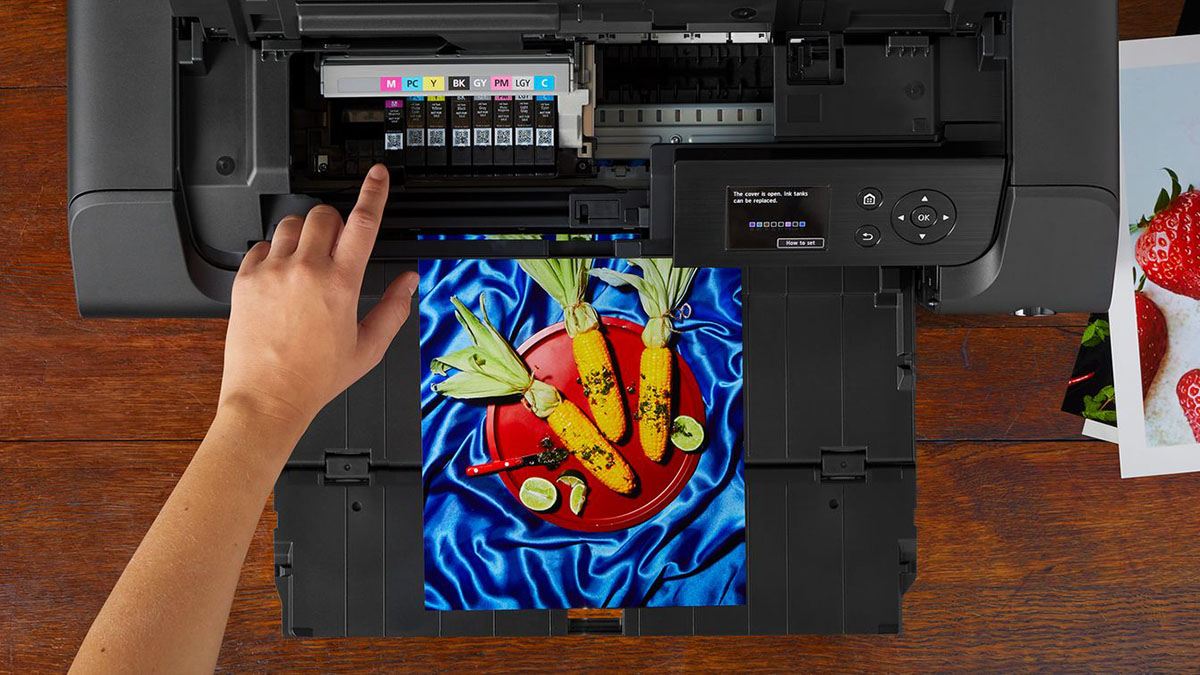
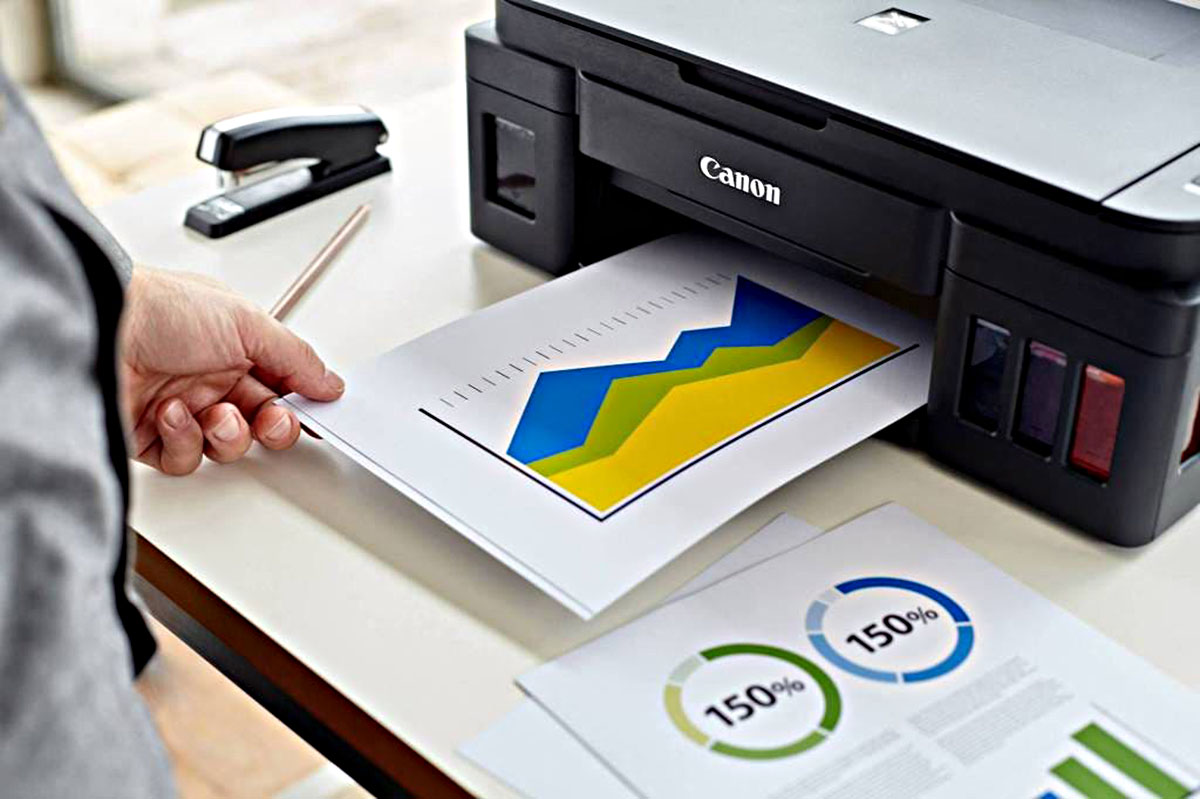
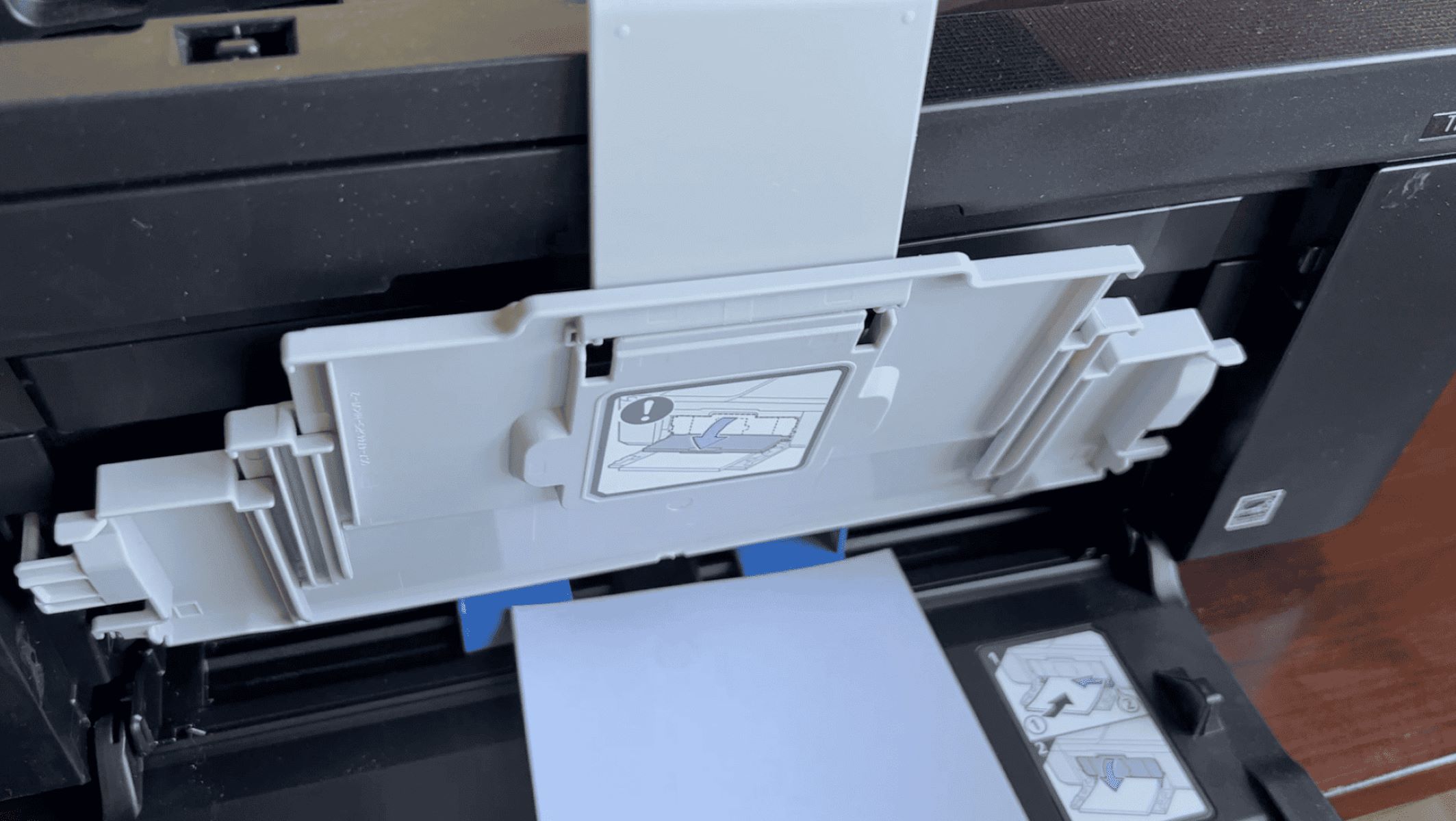
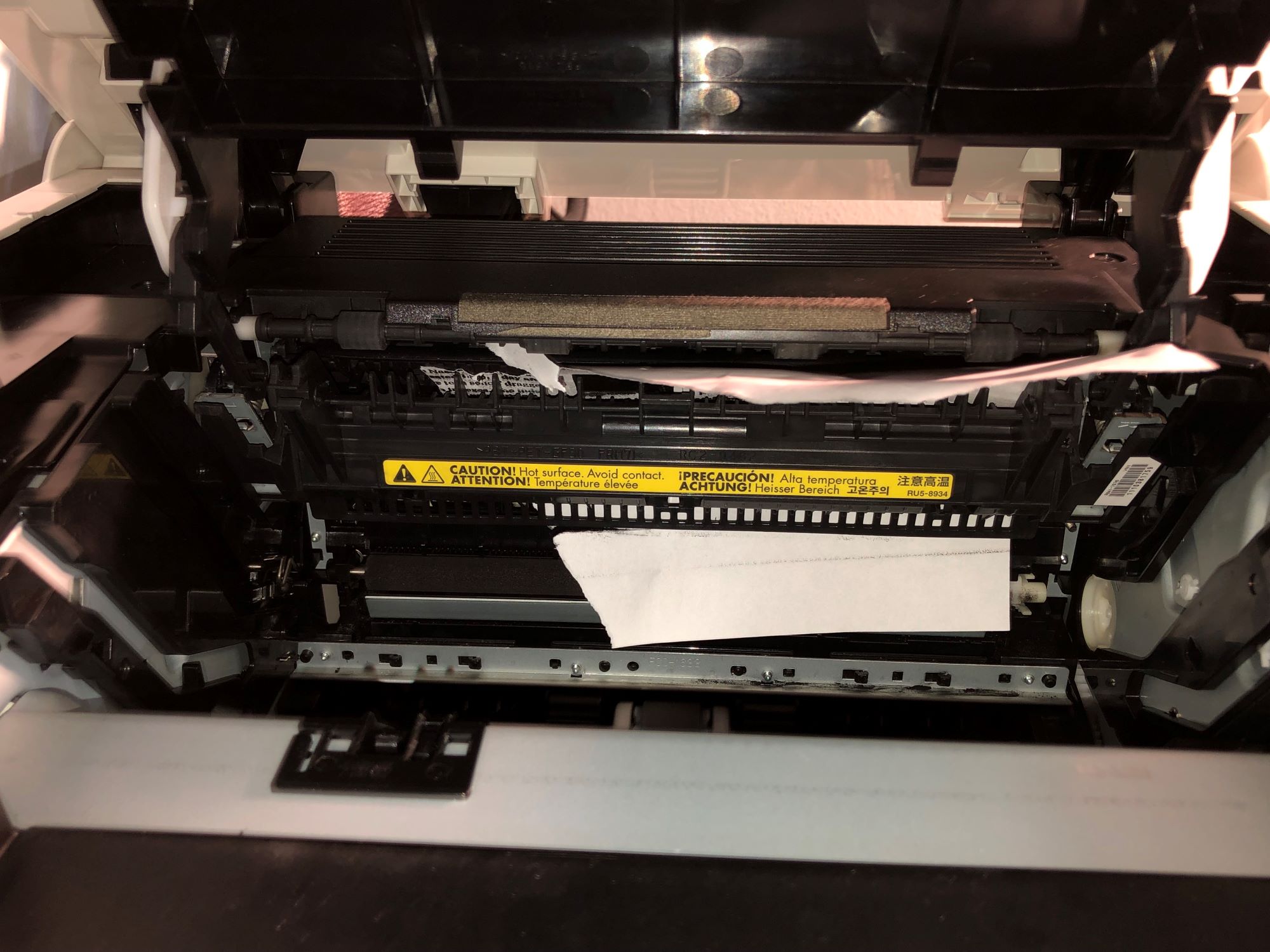
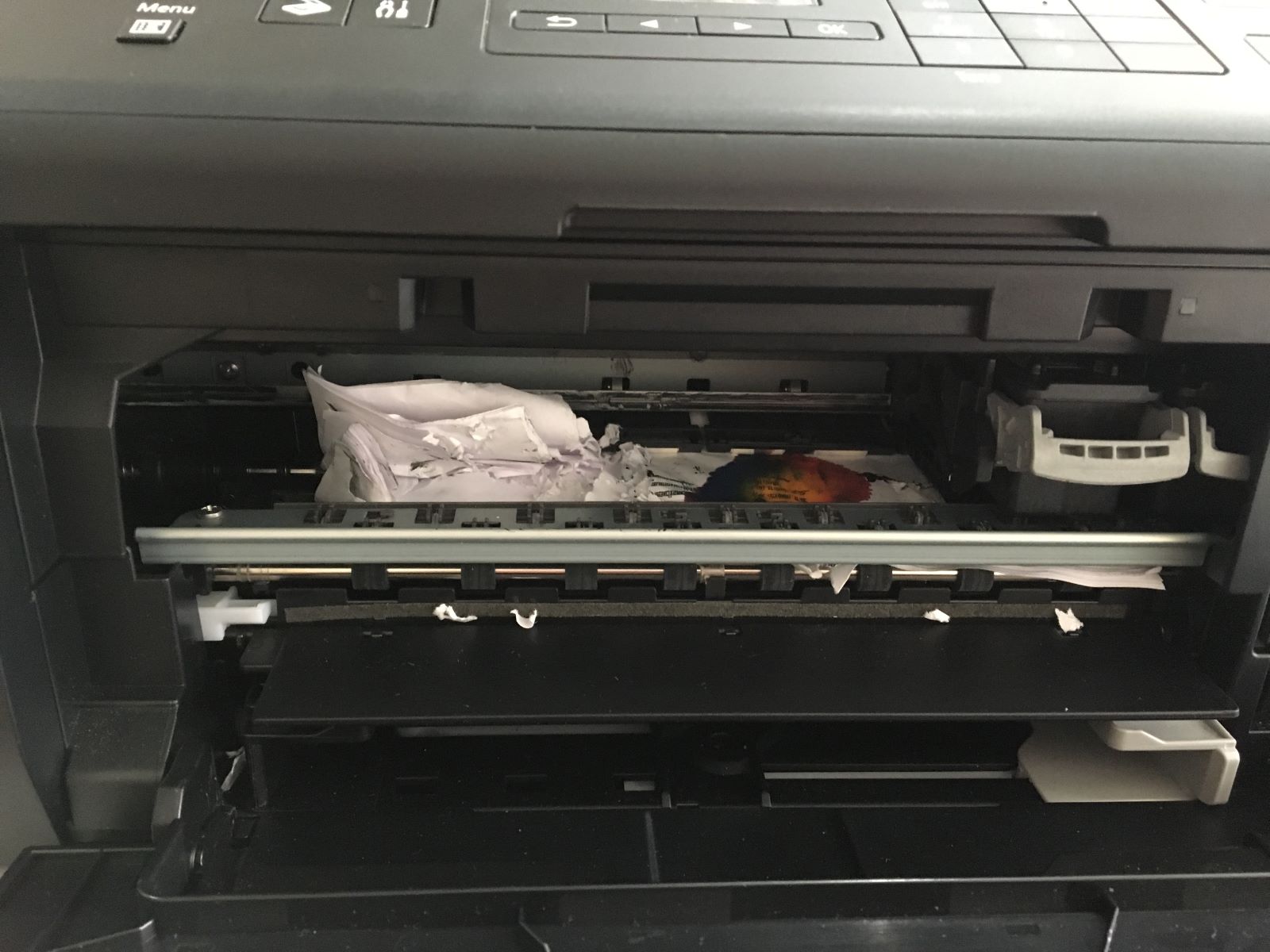
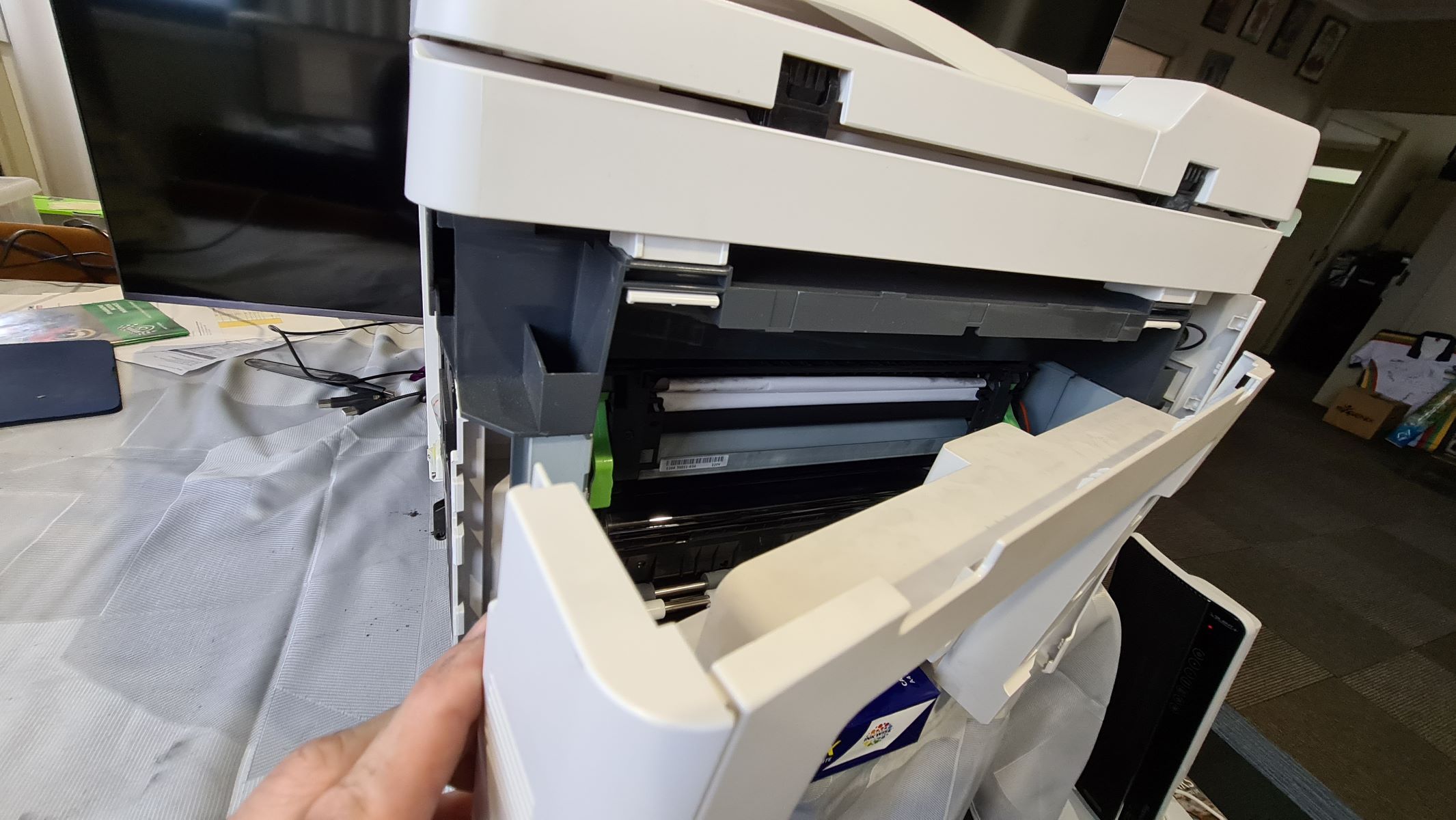
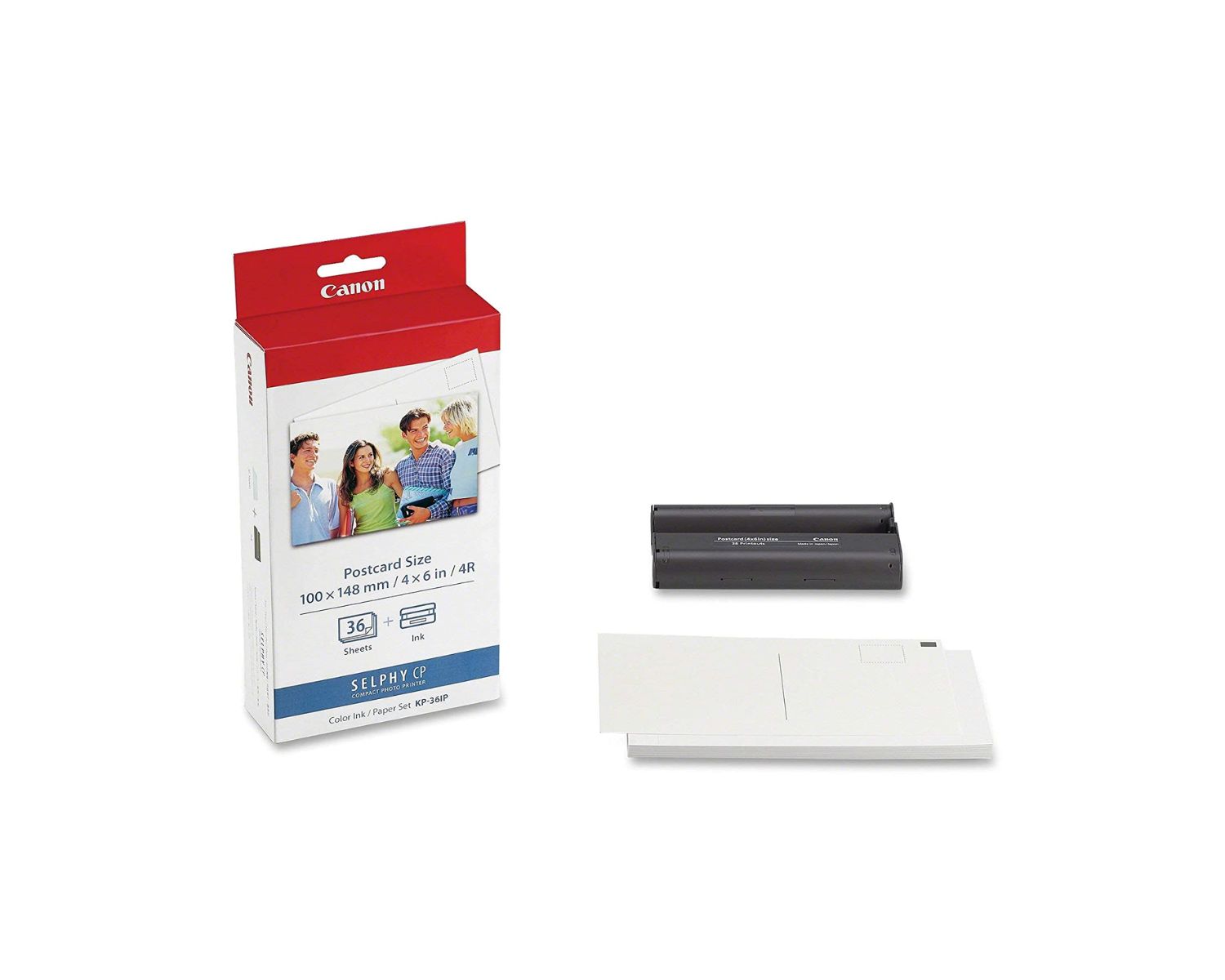
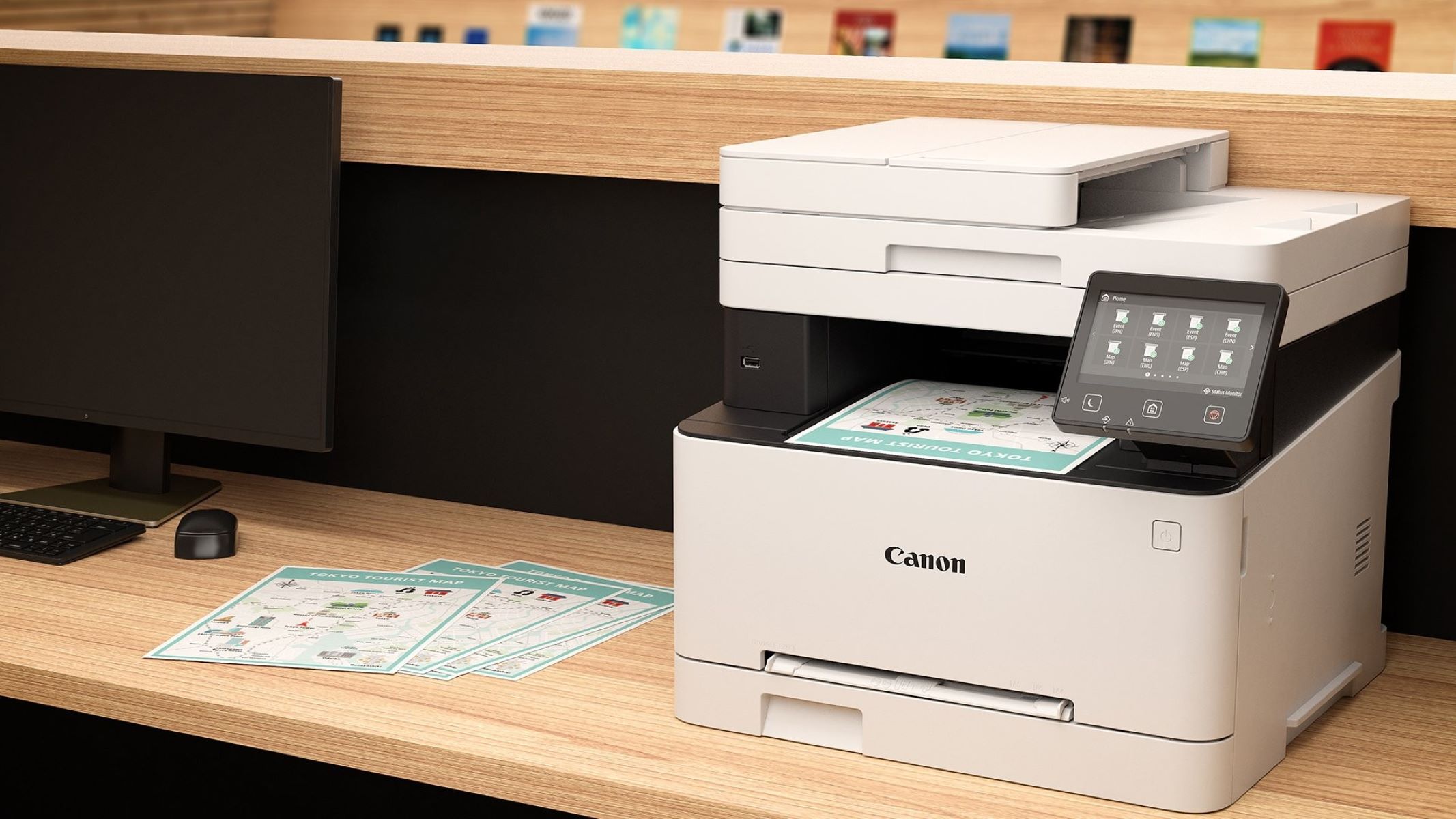
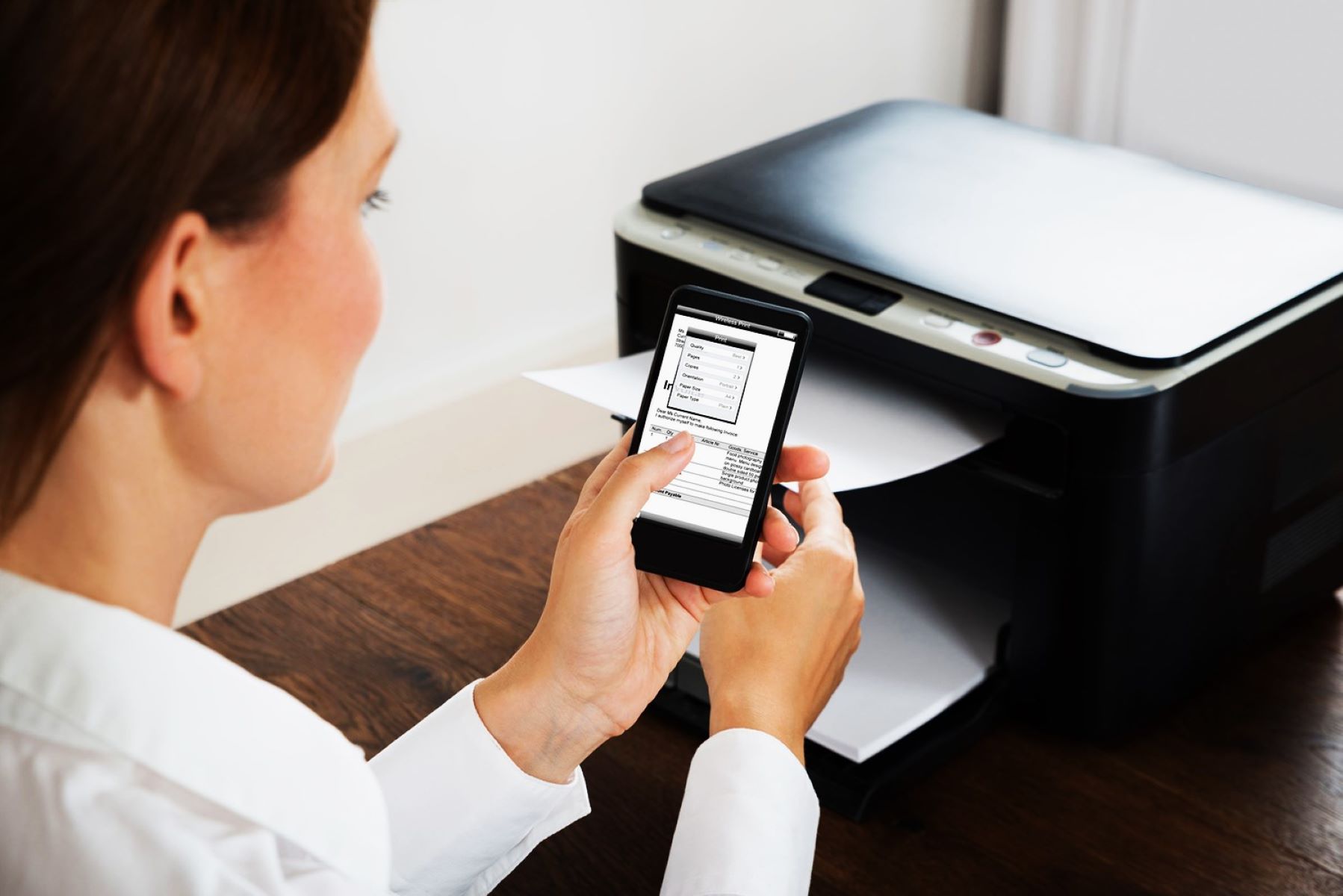
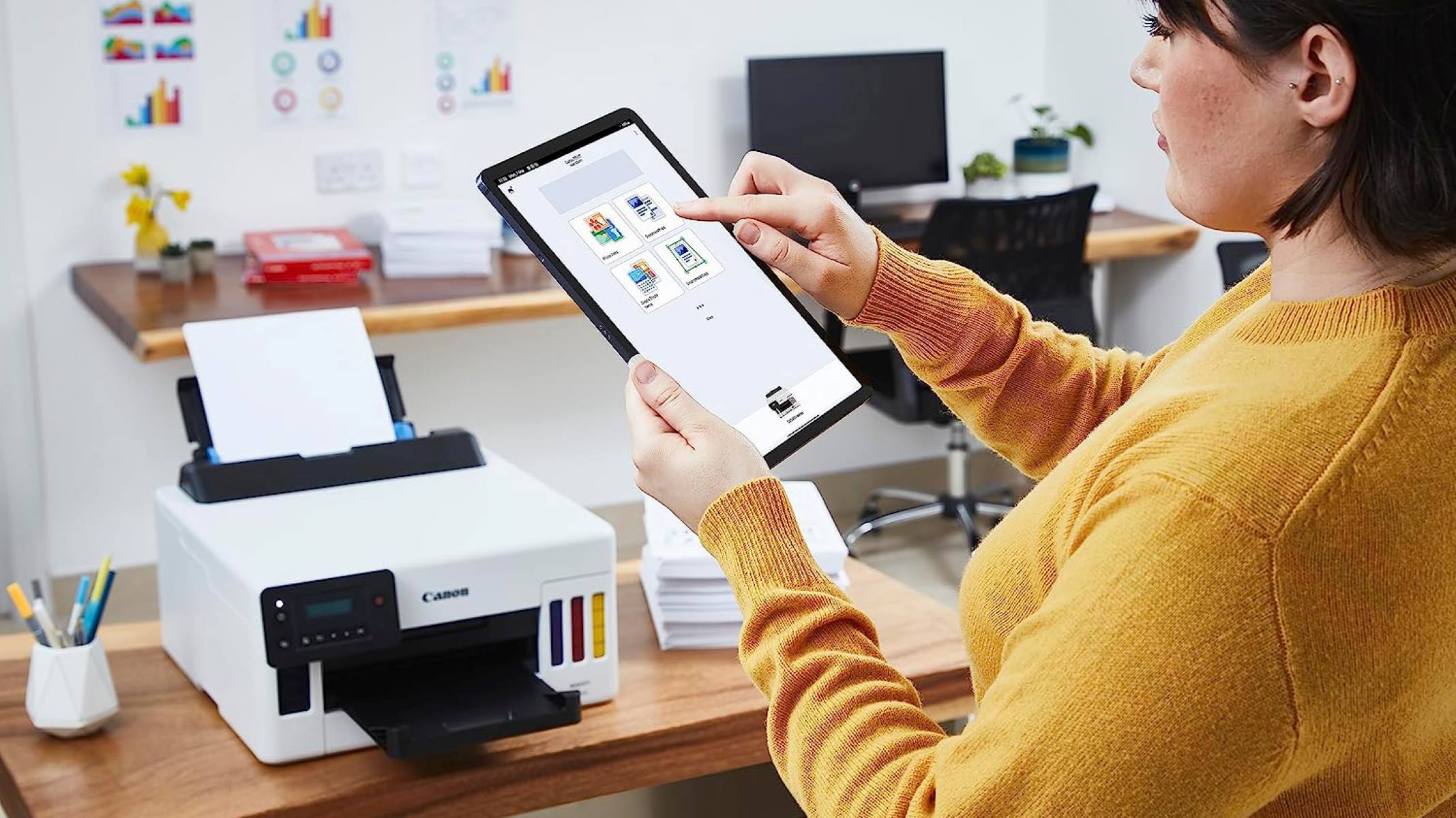
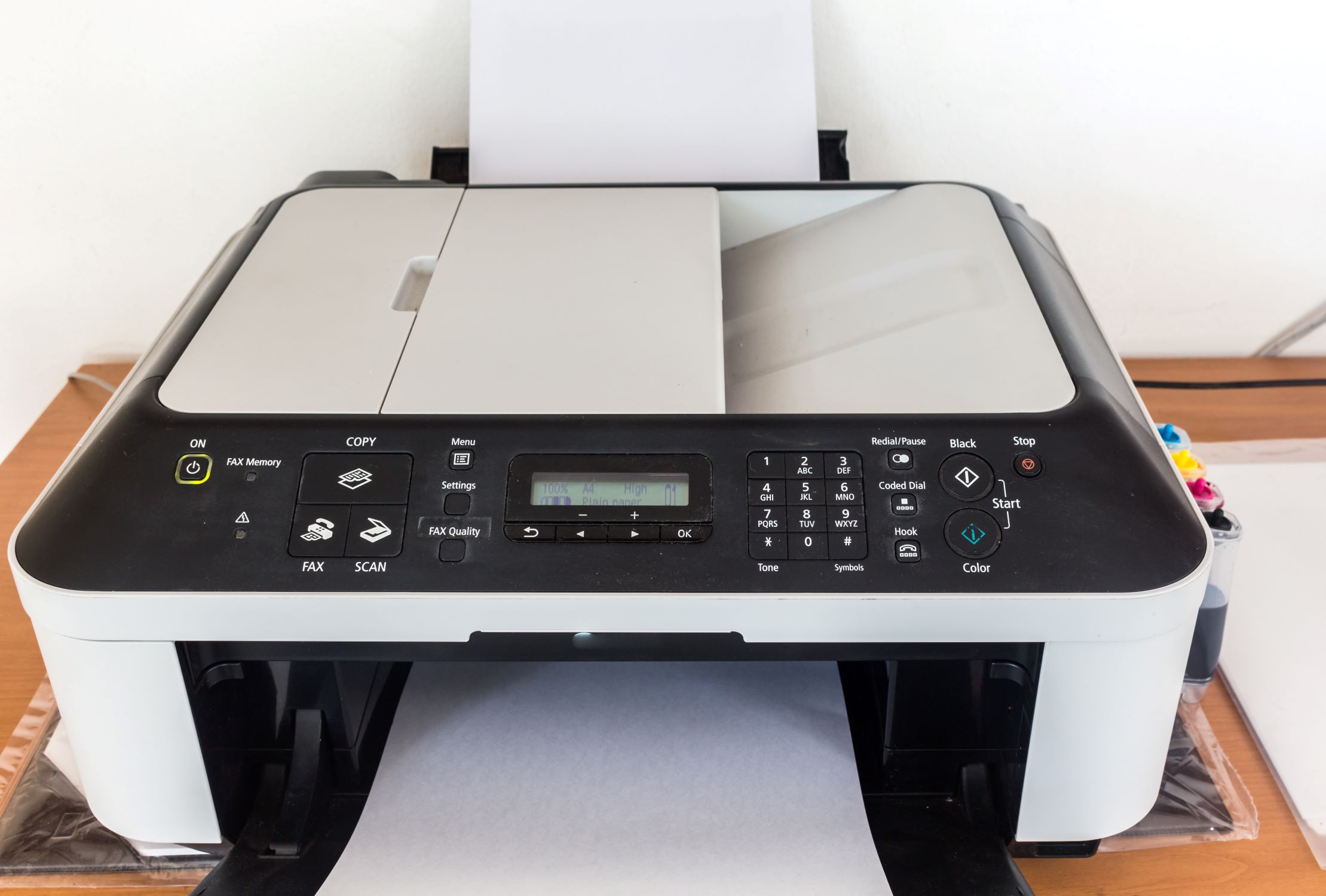
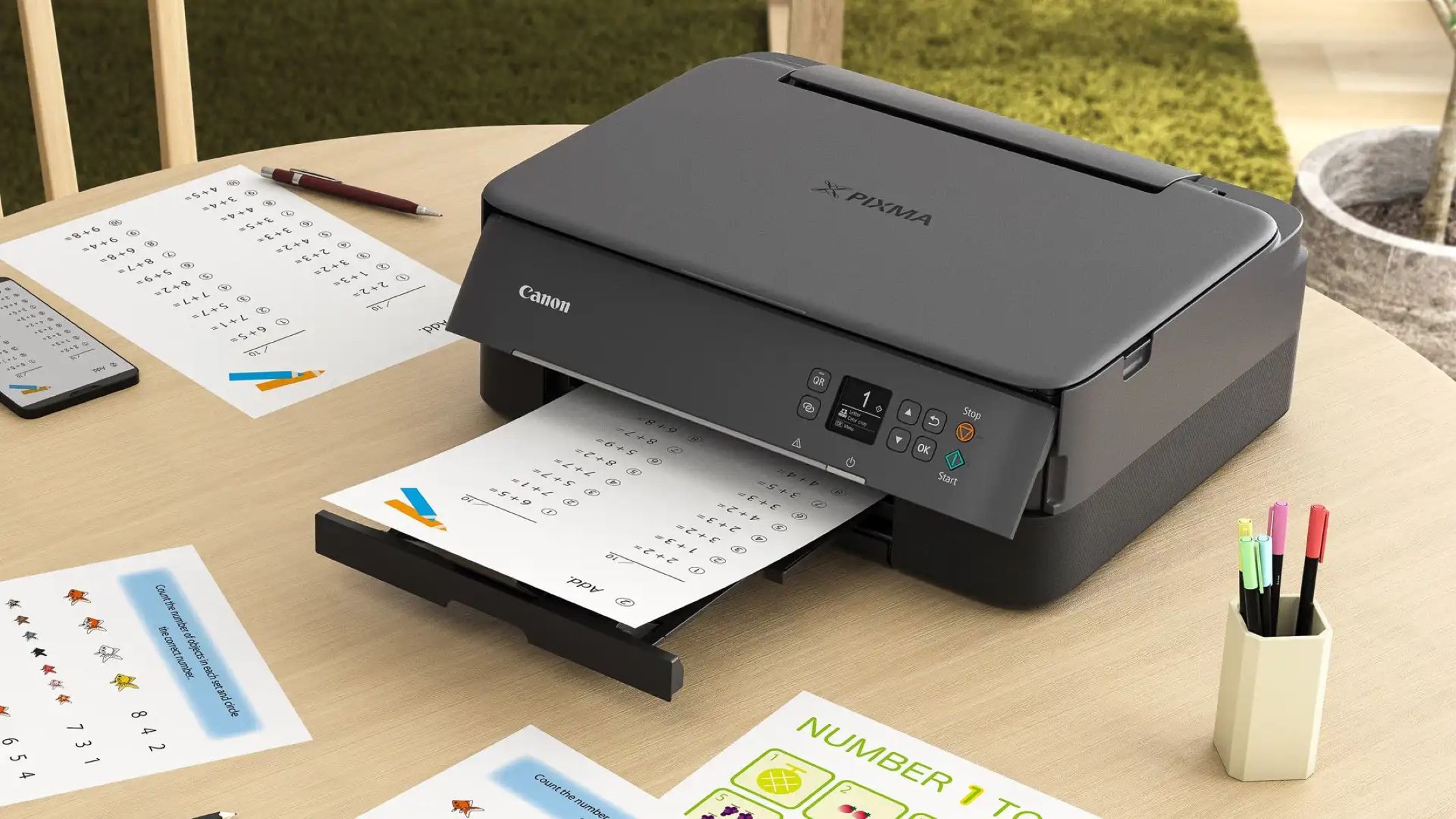
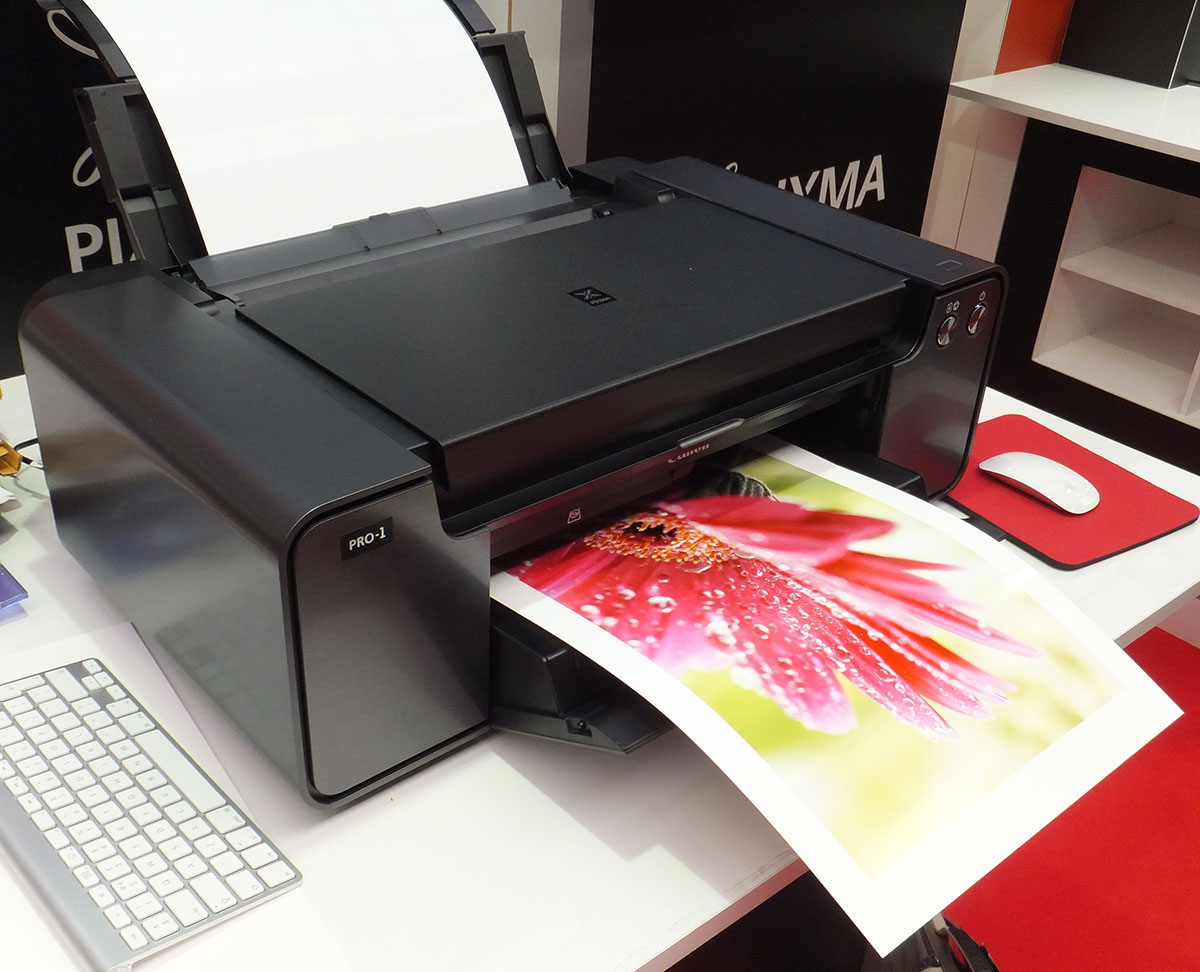
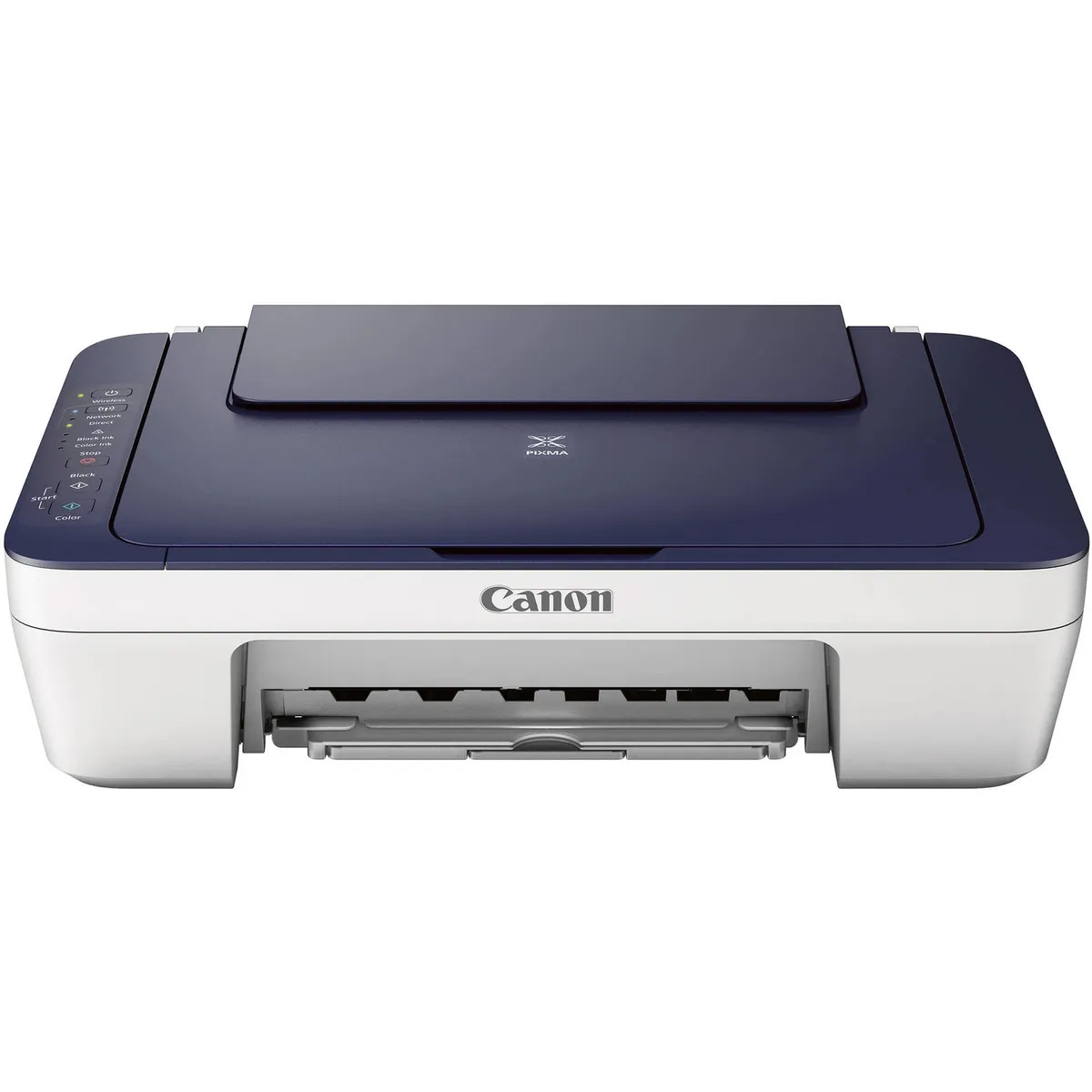

0 thoughts on “How To Change Paper Type On Canon Printer”